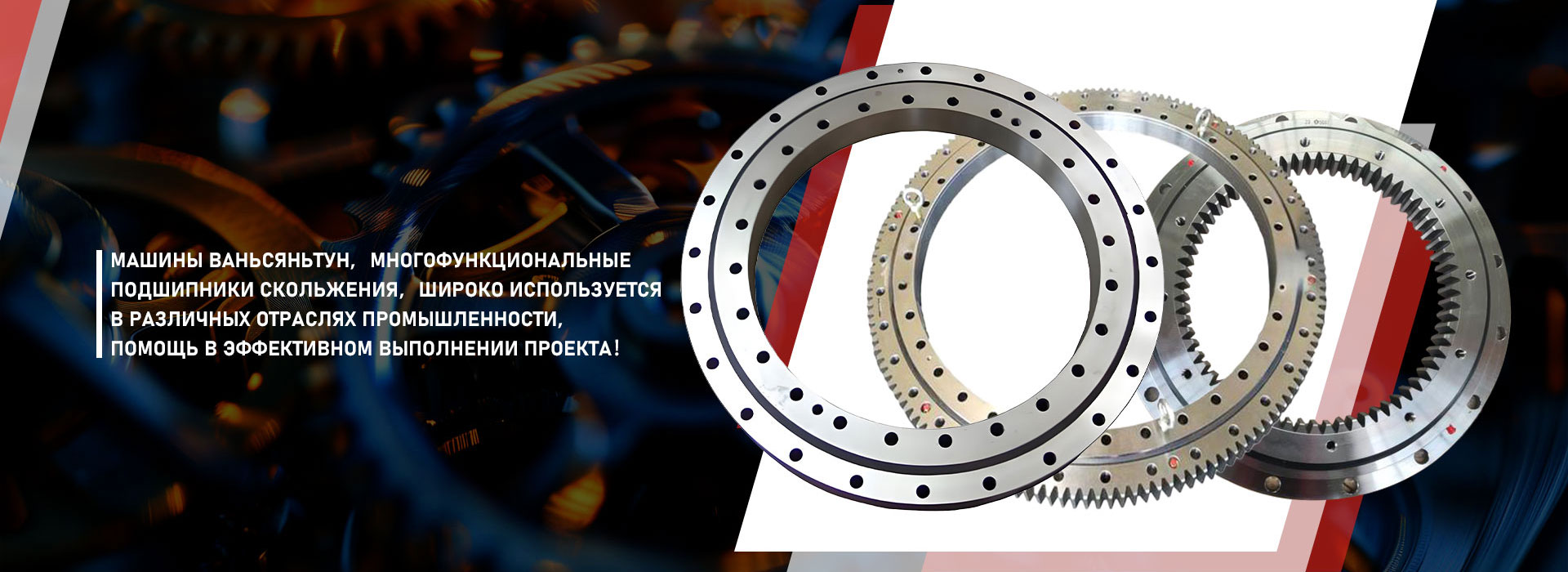
Dental processing
Dental processing
Dental processing is the technological process of creating gear wheels and other parts with gear connections. Imagine that you need to create a gear for a clock or a transmission mechanism for a complex machine. This requires an accurate and repeated formation of teeth. This process is the basis of many mechanisms surrounding us daily.
From simple to complex: the principles of tooth -cutting processing
Dental processing is based on two basic principles. The first is the exact copy of the tooth profile. Imagine that you create the shape of a clove, and then copy it to the material. This is how the processing occurs: a special tool called a tooth -cutting tool copys the form that determines the profile of each tooth. The second principle is to ensure repeatability. Each tooth should be perfectly identical to the other so that the mechanism works correctly and with a given accuracy. This is achieved due to the high accuracy of tools and strict processing conditions.
A variety of methods and materials
There are different types of tooth -cutting processing, each of which is suitable for certain tasks. For example, some methods are suitable for processing small teeth, while others are suitable for large and complex structures. To achieve the required accuracy and quality, various materials are used: steel, cast iron, alloys and others, depending on the purpose and load on the part. It is important to consider that for different materials their processing methods are used.
Practical value of dental treatment
Dental processing underlies many industries. From the production of cars and household appliances to the creation of complex medical instruments and machine tools - dental processing plays a vital role. It provides reliability, accuracy and durability of machines, mechanisms and parts that we use every day. The quality and accuracy of processing directly affect the performance and safety of mechanisms.
AppropriateProducts
Corresponding products
The best soldproducts
The best -selling productsConnectedsearch
Related search- Suppliers of manufacture of gear wheels
- OEM Factory Crane of the High-Red Plant
- Prices for repairing supporting devices in China
- Bearing 4 in China
- The countries-buyers of the gear of the crankshaft VAZ 2114 in China
- Cheap manufacturers of a car crane rotary bearings
- Suppliers cheap Largus 5-speed gears
- Cheap 5 gamies gazelle prices
- The price of a 5-speed antelope in China
- Cheap release bearings the main countries-buyer














